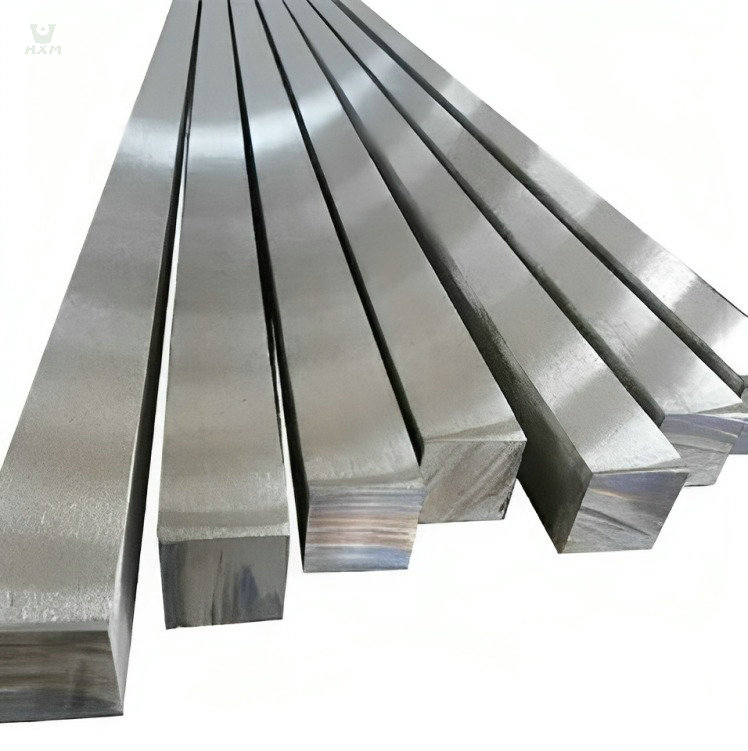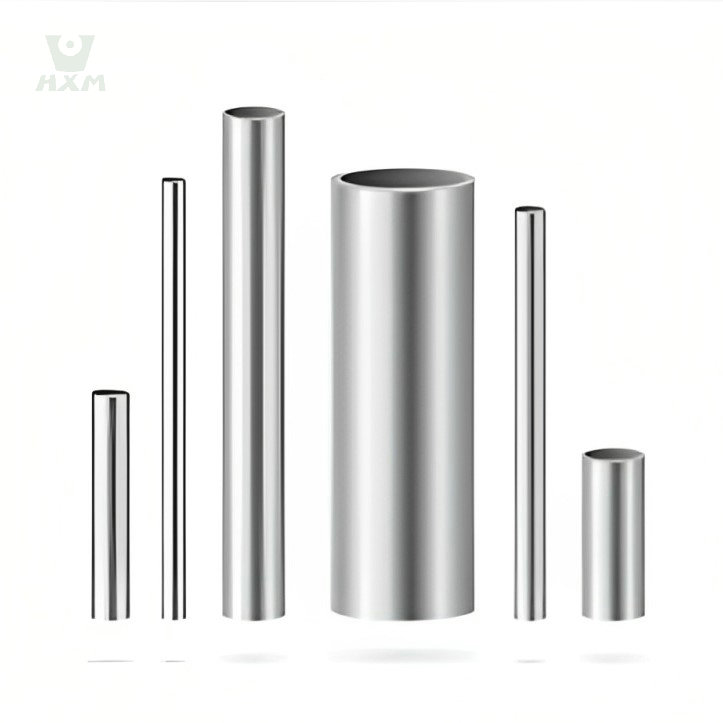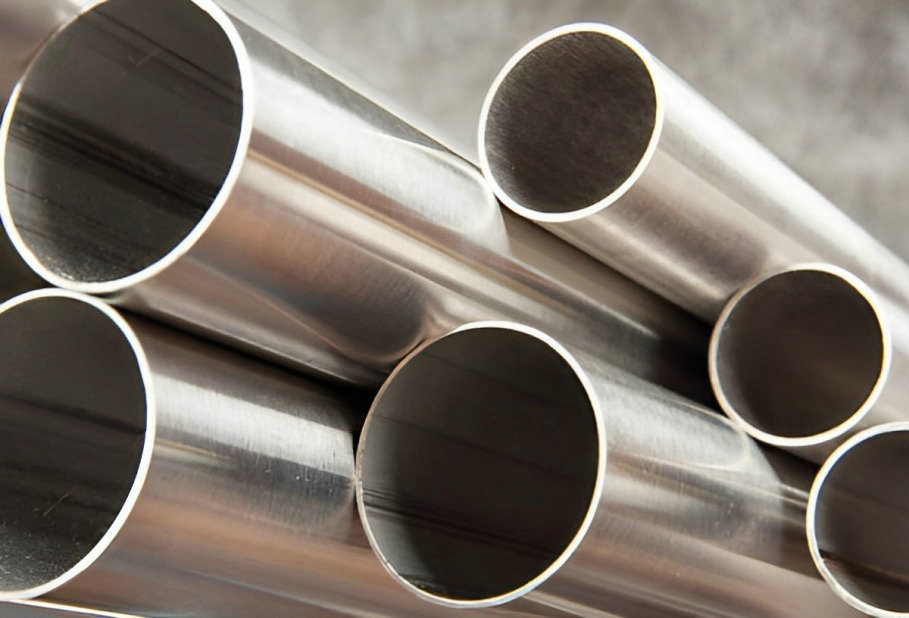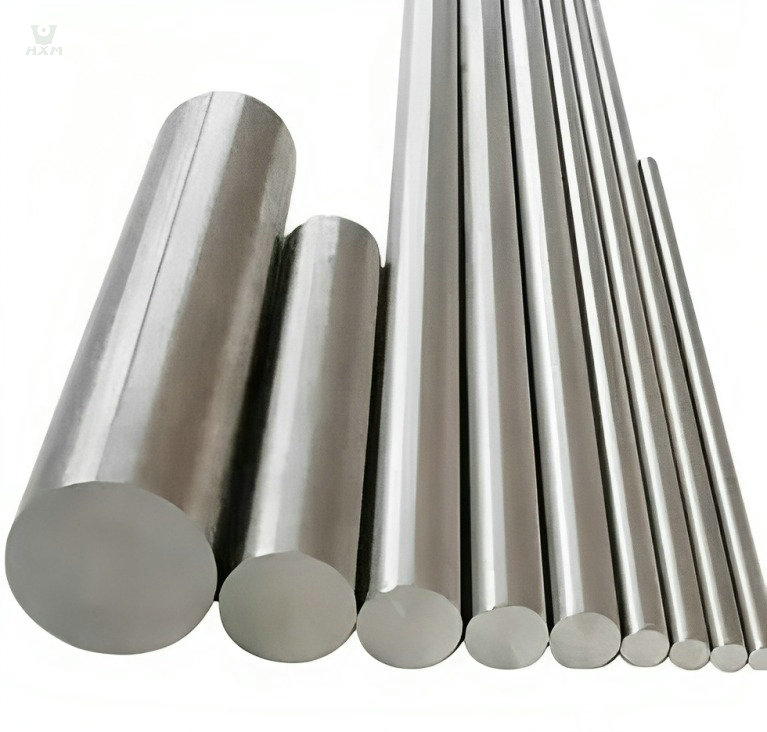What Is The Density Of 316 Stainless Steel?

To understand the density of 316 stainless steel, we first need to grasp the concept of density. Density refers to the mass of a substance per unit volume, reflecting the compactness of the material. For stainless steel, the density not only depends on its composition but also closely relates to its manufacturing process and heat treatment methods.
Next, let’s delve into the density of 316 stainless steel and how it influences our daily lives and industrial applications.
What Is The Density Of 316 Stainless Steel?
The density of 316 stainless steel, is the mass per unit volume of a substance, usually in grams per cubic centimeter or grams per cubic meter. The density of 316 stainless steel is 7.98 grams per cubic centimeter, which means that the mass of 316 steel per cubic centimeter is 7.98 grams.
Some data indicate that the density of 316 stainless steel is 7.99g/cm³, while other sources show densities of 8.0g/cm³ or 8.03g/cm³. This slight variation may result from differences in measurement methods, material purity, or manufacturing processes.
316 stainless steel is a widely used and highly versatile alloy that offers a unique combination of properties suitable for a wide range of applications. It is part of the austenitic family of stainless steels and contains significant amounts of chromium, nickel, and molybdenum.
| 316 | C% | Si% | Mn% | P% | S% | Ni% | Cr% | Mo% |
| ASTM(wt%) | ≤ 0.08 | ≤ 1.00 | ≤ 2.00 | ≤ 0.045 | ≤ 0.030 | 10.0-14.0 | 16.0-18.0 | 2.0-3.0 |
| EN (wt%) | ≤ 0.08 | ≤ 1.00 | ≤ 2.00 | ≤ 0.045 | ≤ 0.030 | 10.0-13.0 | 16.0-18.0 | 2.0-2.5 |
| GB(wt%) | ≤ 0.08 | ≤ 1.00 | ≤ 2.00 | ≤ 0.045 | ≤ 0.030 | 10.0-14.0 | 16.0-18.0 | 2.0-3.0 |
Note: wt% indicates weight percentage, ASTM standard is the standard set by the American Society for Testing and Materials, EN standard is the European standard, and GB standard is the Chinese national standard.
Chromium, present in 316 stainless steel at around 16-18%, forms a passive oxide layer on the surface that enhances its corrosion resistance, particularly in aggressive environments. Nickel, comprising about 10-14% of the alloy, contributes to its excellent toughness and ductility, even at low temperatures. Molybdenum, typically present at 2-3%, enhances the alloy’s resistance to pitting and crevice corrosion in chloride-rich environments, making it suitable for marine and coastal applications.
The addition of small amounts of other elements like carbon, manganese, and silicon fine-tunes the alloy’s properties, ensuring a balance between corrosion resistance, strength, and weldability.
316 stainless steel’s composition grants it remarkable resistance to corrosion and staining, making it an ideal choice for applications involving exposure to chemicals, saltwater, and harsh conditions. Its strength, coupled with excellent formability, allows for versatile fabrication processes. Whether in marine equipment, pharmaceutical manufacturing, or architectural structures, the composition of 316 stainless steel plays a crucial role in its exceptional performance across diverse industries.
Relationship between stainless density and physical properties
The density of 316 stainless steel is one of its physical properties, and other material properties are closely related. Stainless density as a description of the material dense degree of index, and stainless steel structure, performance and use is closely related.
- Mass-Volume Relationship: Density is a measure that describes the relationship between the mass and volume of stainless steel. For 316 stainless steel, the density is typically in the range of 7.9 to 8.0 g/cm3, which means the material has more mass for the same volume.
- Impact of Mechanical Properties: Density does not usually have a direct impact on the mechanical properties of a material, such as strength and hardness. However, there is a correlation between density and other material properties. For example, high density materials may have a subtle effect on their mechanical properties, which needs to be considered in design.
- Corrosion Resistance Correlation: Density also correlates with the corrosion resistance of stainless steel. Although density itself is not a determining factor, higher density stainless steels generally have higher corrosion resistance, which is related to their chemical composition and crystal structure.
- Thermal Conductivity and Magnetic Relationship: Density may affect the thermal conductivity of a stainless steel, i.e. its ability to conduct heat. In addition, density is also related to the magnetic properties of stainless steel, although stainless steel is usually a low magnetic material, changes in density may also have some effect on the magnetic properties.
These relationships demonstrate the importance of stainless density in assessing the physical properties and engineering applications of stainless steels. Although density is not a determining factor in itself, it serves as an indicator that is closely linked to other properties of stainless steel and is critical for material selection and engineering design.
Utilizing stainless density information when choosing materials
Leveraging stainless density data in material selection enables precise determination of weight, strength-to-weight ratio, and suitability for specific structural or functional requirements. This information guides engineers and designers in making informed decisions, promoting efficiency, durability, and cost-effectiveness in various industrial applications.
Concept and Importance of Density
Density is a measure of mass per unit volume of a substance. Specifically, it refers to the mass of a substance per unit volume, describing how mass is distributed in space. The formula for calculating density is ρ = m/V, where ρ represents density, m represents mass, and V represents volume. In the International System of Units, the unit of density is kilograms per cubic meter (kg/m³).
Importance of Stainless Density in Materials Science
Determination of Material Properties: Density is an intrinsic property of matter, and different substances have different density values. By measuring the density of a substance, its type and purity can be preliminarily determined, providing a basis for material selection and usage.
Study of Phase Transitions and Property Changes: The density of a substance is closely related to its state (solid, liquid, gas). By comparing the densities of substances in different states, phase transitions and property changes can be studied, aiding in understanding the fundamental characteristics of matter.
Importance of Stainless Density in Engineering Design
Structural Design and Optimization: In engineering design, understanding the density of materials is crucial for ensuring structural stability and safety. For example, in the construction field, selecting materials with appropriate densities can reduce structural self-weight and enhance seismic performance.
Control of Construction Costs: Density not only affects structural performance but is also closely related to construction costs. By optimizing material selection and reducing material density, material usage can be minimized while ensuring structural performance, thus reducing construction costs.
Importance of Stainless Density in Industrial Manufacturing
Quality Control: In industrial manufacturing, measuring and controlling density is essential for ensuring product quality. For example, in metal smelting and casting processes, controlling the density of metals ensures uniform composition and stable performance of products.
Process Optimization: Density data can also provide important references for process optimization. By comparing the densities of products under different process conditions, the optimal process parameters can be identified, improving production efficiency and product quality.
Conclusion
In summarizing the importance and application value of the density of 316 stainless steel, it is evident that density, as a key physical property of 316 stainless steel, has significant implications for material selection, processing, manufacturing, and application.
At Huaxiao Metal, as a professional exporter of stainless steel, we deeply understand the importance of density for stainless steel materials. Equipped with advanced production lines and precise measuring devices, our factory ensures that the provided 316 stainless steel products have accurate density values and excellent quality. Whether you require stainless steel in the form of sheets, coils, pipes, or any other shape, we are committed to providing stable and flexible supply services. Feel free to contact us anytime to discuss the various possibilities of stainless steel.
Get In touch
Ready to Elevate Your Projects? Dive into our Stainless Steel Collection and Submit Your Specifications Today!
Phone/WhatsApp/WeChat:
+86 13052085117
Email: [email protected]
Address: RM557, NO.1388 Jiangyue Road, Shanghai China









